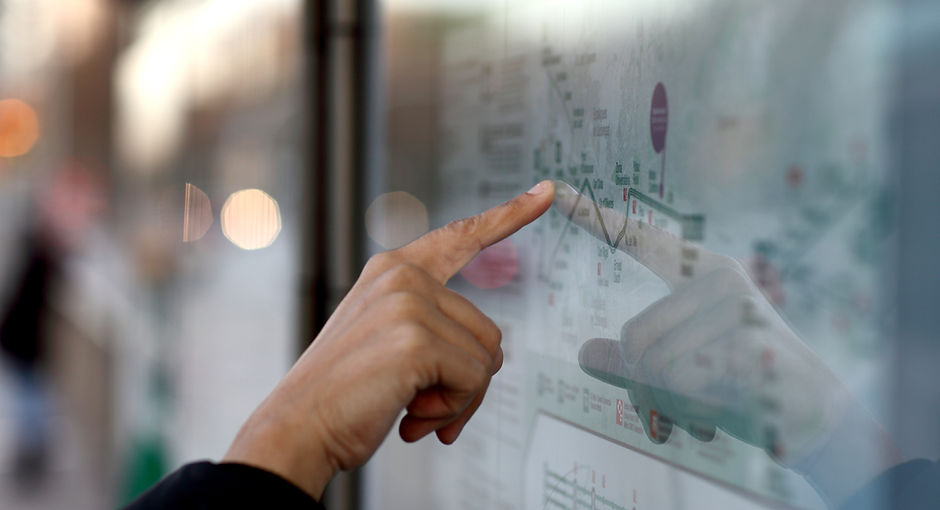Our Product
Riskoptima Robotrader
The hands-free robotrader opens portfolios of forex instruments for the short term using Artificial Intelligence and Granger-causality concepts together.
Since forex instruments are global instruments, we are not bound by the SPK (SEC of Turkey) regulations. The SPK regulations are for people who give financial advice that concern capital markets instruments used in Turkey. However, Forex (foreign exchange) instruments, when traded without leverage, are not regarded as one of them.

RiskOptima Forex Robotrader
5 Year Long Backtesting Results
RiskOptima Forex Robotrader is a software developed by Assoc. Prof. Ilkay Boduroglu. It combines artificial intelligence and statistical arbitrage algorithm. In 2003, statistical arbitrage brought its inventor the Nobel Prize in Economics. It creates portfolios guaranteed to bring profits with a 95% success rate, independent of market conditions in ideal situations. However, it is not easy to catch an ideal situation. By the way, what we call an ideal situation is the optimized version of all the parameters in the algorithm. For example, the first parameters that come to mind are the portfolio levels that trigger “take profit” or “stop loss”. If even these are not ideal (not optimized), the success level of this algorithm, which should actually be 95%, goes down. Some problems previously experienced due to similar causes in statistical arbitrage have now been minimized thanks to our founder Ilkay Boduroglu, who added artificial intelligence to the model and made theoretical contributions to the algorithm. Right now, Forex Robotrader software, developed by RiskOptima, can choose portfolios with an 80% success rate, if not 95% as mentioned above. We know that the ‘successful traders’ in Wall Street have a 56% success rate when they choose individual instruments. So, we managed to raise the bar up to 80%. We still aim for the 95% though.
One proof of RiskOptima Forex Robotrader’s achievements is that it is currently used by the Swiss bank BCP. The second proof can be seen in the backtesting report below.
* * *
NB: In the graph below, the horizontal axis indicates the opening/closing sequences of each portfolio.

Robotrader was backtested using the forex data of the last 5 years.
In the statistical arbitrage portfolios created by Robotrader, only AUDUSD, EURUSD, GBPUSD, NZDUSD, XAGUSD and XAUUSD were used.
Other parities can be also used in the portfolios. (including options and other instruments)
All the experiments are out-of-sample. 3 monthly end of day data was used as training data.
All the accounts in the report were USD based where the ratio of leverage was fixed as 10.
The experiment started with virtual $100,000; in each successive experiment, again virtual $100,000 was used.
In the accounts, prices and spreads quoted in FXCM.com were taken. FXCM.com does not charge a fee for forex transactions. Therefore, we fixed the commission fee as zero.
Results:
Test start date: Dec 02, 2015 (Date the first portfolio opened)
Test end date: Nov 20, 2020 (Date the last portfolio closed)
Test total duration: About 60 months
Number of portfolios opened and closed: 31
Number of analyzed portfolios: 30 (Last portfolio is not included in the account because it was closed early as the test duration ended.)
The duration of training data before each experiment: 3 months
Duration of each portfolio, on average: 1.5 months (47 calendar days)
Duration of stay in cash between two portfolios (on average): 12 calendar days
Average portfolio duration including stay in cash: 2 months (59 calendar days)
Number of portfolios per annum (on average): 6
Ratio of leverage: 10
Average return from each portfolio: 6.07 % (USD)
Maximum Drawdown: 12.8%
You can download the Turkish version of our backtesting report from the link below:
Türkçe Backtesting Raporu

